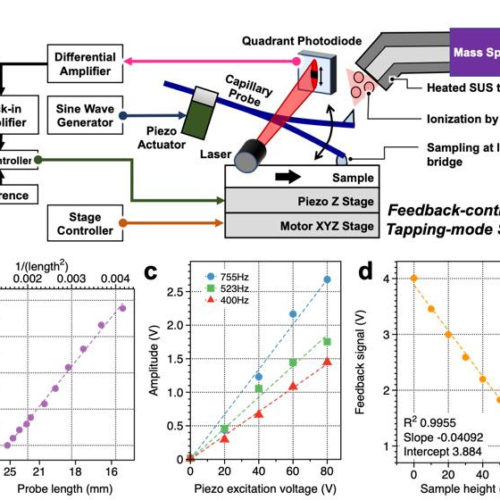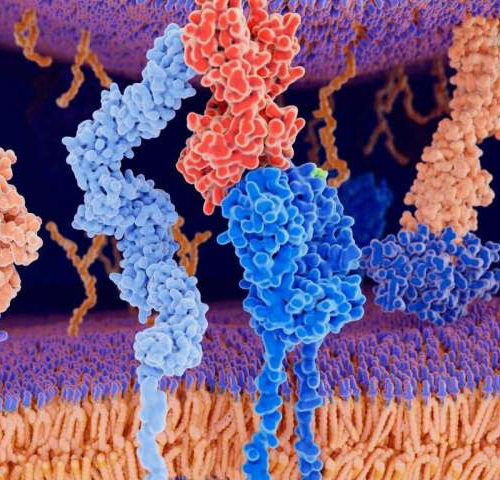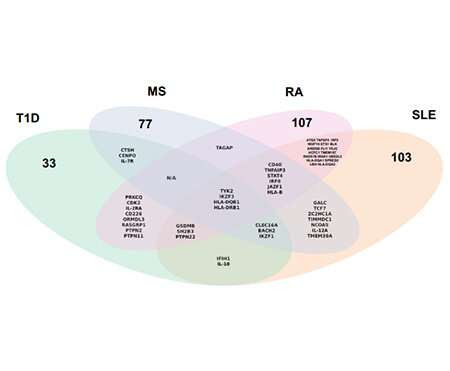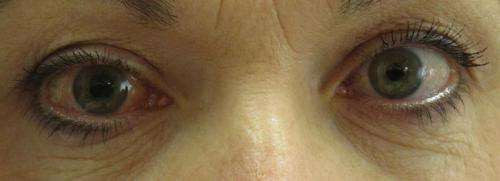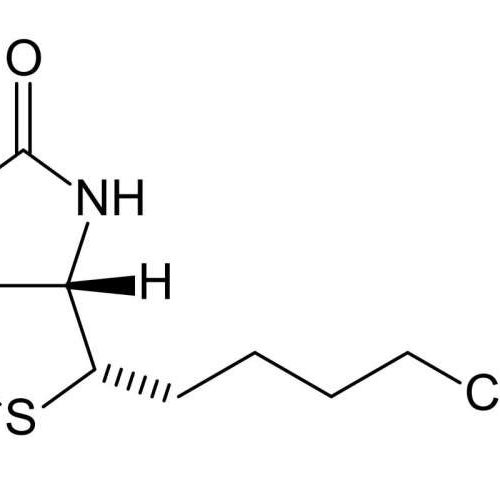People who consume high levels of vitamin C and E in their diet may have a lower risk of Parkinson’s disease than people who get only small amounts of these nutrients, according to a new study from University of Milano-Bicocca, Italy, and Karolinska Institutet. The study was published in Neurology. “Improving diet is a known...
The link between opioid medication and pancreatic cancer
RUSH UNIVERSITY MEDICAL CENTER IMAGE: CANCER RESEARCHERS AT RUSH UNIVERSITY MEDICAL CENTER SHOW EVIDENCE SUGGESTING A LINK BETWEEN OPIOID CONSUMPTION AND THE RISK OF PANCREATIC CANCER CREDIT: RUSH PRODUCTION GROUP Researchers at Rush University Medical Center have found that opioid use might increase a person’s risk of developing pancreatic cancer. Published Jan. 6, the study, titled...
Focused ultrasound shows promise for Parkinson’s disease
UNIVERSITY OF VIRGINIA HEALTH SYSTEM IMAGE: JEFF ELIAS, MD, IS A NEUROSURGEON AT UVA HEALTH AND A PIONEER IN THE FIELD OF FOCUSED ULTRASOUND. CREDIT: UVA HEALTH A scalpel-free alternative to brain surgery has the potential to benefit people with Parkinson’s disease symptoms that are much more severe on one side of the body, new research suggests. ...
Want to diagnose brain diseases? A mass spectrometry imaging may one day help you
OSAKA UNIVERSITY IMAGE: (a) Schematic of the measurement system developed in this study. By using this technology, extraction and ionization of picoliter volumes can be performed without disruptions caused by surface roughness. In addition, one can measure the height of the sample from the change in vibration amplitude. (b) Relationship between the length of the...
Advancing the study of T cells to improve immunotherapy
by UT Southwestern Medical Center The above illustration, in the center, shows activation of T cell immune response with the interaction of MHC-II (red) with the T cell receptor (TCR, blue), and also CD4 (light blue). CD4 and MHC-II are proteins expressed by T cells and antigen-presenting cells, respectively, to aid the recognition of antigens by...
A new approach to study autoimmune diseases
by Indiana Biosciences Research Institute Venn diagrams of risk genes expressed in the target tissues of the fourautoimmune diseases (type 1 diabetes, systemic lupus erythematosus, multiple sclerosis, and rheumatoid arthritis) shows shared candidate genes among them. Credit: Indiana Biosciences Research Institute A team of researchers led by the Indiana Biosciences Research Institute Diabetes Center’s Scientific Director Decio L. Eizirik, MD, Ph.D., has found...
New research finds ginger counters certain autoimmune diseases in mice
by University of Michigan Credit: CC0 Public Domain Naturopathic medicine, or herbal medicine, is all the rage, especially among young people. But how much of this is supported by science? Ginger is known to have anti-inflammatory and anti-oxidative effects, making it a popular herbal supplement to treat inflammatory diseases. And according to a Michigan Medicine led study...
Research paves the way for new anti-fibrotic therapy for glaucoma
by University of Birmingham Acute angle closure glaucoma of the right eye (intraocular pressure was 42 in the right eye). Credit: James Heilman, MD/Wikipedia Scientists at the University of Birmingham, UK, have shown that a novel low molecular weight dextran-sulphate, ILB could play a key role in treating open angle glaucoma (OAG), a neurodegenerative disease that...
Biotin, mitochondria, and dementia: Research reveals a connection
by John Hewitt , Medical Xpress Credit: Wikipedia By any measure, carbon-based life originates from carboxylation. That is to say, the coupling of atmospheric carbon dioxide to sugar. Carboxylation is also critical for mitochondria to function. There are five carboxylation enzymes in mitochondria, and they share one thing in common—they are all operated by a...
CRISPR cures progeria in mice, raising hope for one-time therapy for a disease that causes rapid aging
By SHARON BEGLEY JANUARY 6, 2021 Magali Gonzalez Sierra, who has progeria, prepares for her 15th birthday party in El Cabuyal, Colombia. Children with the genetic disease age prematurely and typically die around age 14.LUIS ROBAYO/AFP/GETTY IMAGES Biologists tend not to discuss experimental results on a handful of cells and a single solitary mouse —...




